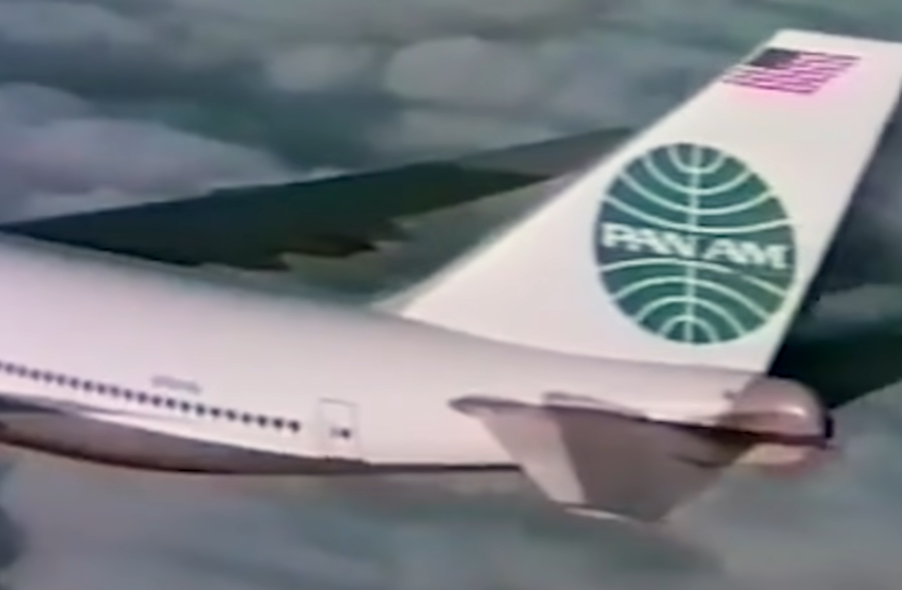
Pan American World Airways, commonly known as Pan Am, was once one of the most recognizable and respected airline brands in the world. However, the company’s fortunes took a dramatic turn for the worse in the 1980s, and it eventually filed for bankruptcy in 1991. So, what exactly did Pan Am do wrong that caused them to fail?
One of the biggest mistakes that Pan Am made was its failure to adapt to changing market conditions. In the 1970s, the airline industry was deregulated, which led to increased competition and a significant decline in ticket prices. Pan Am, however, continued to operate as if it was still in a monopoly position, charging high prices and offering limited options to customers.
Another factor that contributed to Pan Am’s downfall was its inability to compete with newer, more efficient airlines. While Pan Am was a pioneer in the aviation industry, it failed to invest in newer technologies and more fuel-efficient aircraft, which made it difficult for the company to compete with newer, more innovative airlines like Delta and United.
Pan Am also suffered from a number of internal management issues. The company was burdened by high levels of debt and was poorly managed, with a bloated workforce and inefficient operations. This led to high costs and low profits, which put further pressure on the company’s already-strained finances.
Perhaps one of the biggest blows to Pan Am’s reputation was the tragic bombing of Pan Am Flight 103 over Lockerbie, Scotland, in 1988. The bombing, which was carried out by terrorists, killed all 243 passengers and 16 crew members on board, as well as 11 people on the ground. The incident damaged Pan Am’s reputation and led to a significant decline in bookings, as passengers became fearful of flying with the airline.
Despite these challenges, Pan Am attempted to diversify its operations in the 1980s, by acquiring other airlines and expanding its presence in international markets. However, these efforts were largely unsuccessful, as the company continued to struggle with high costs and declining revenues.
In 1991, Pan Am filed for bankruptcy and was eventually liquidated, marking the end of one of the most iconic airline brands in history. The failure of Pan Am serves as a cautionary tale for businesses that fail to adapt to changing market conditions and fail to invest in newer technologies and more efficient operations. It also highlights the importance of effective management and strategic planning, as well as the role of external factors such as tragic events in shaping a company’s fortunes.
Pan Am’s downfall was the result of a combination of factors, including its failure to adapt to changing market conditions, its inability to compete with newer, more efficient airlines, internal management issues, and the tragic bombing of Flight 103. The lessons from Pan Am’s failure are clear: businesses must be agile and adaptable, invest in newer technologies, manage their finances effectively, and prioritize safety and security. Only by doing so can businesses hope to succeed in today’s rapidly changing and increasingly competitive business environment.


